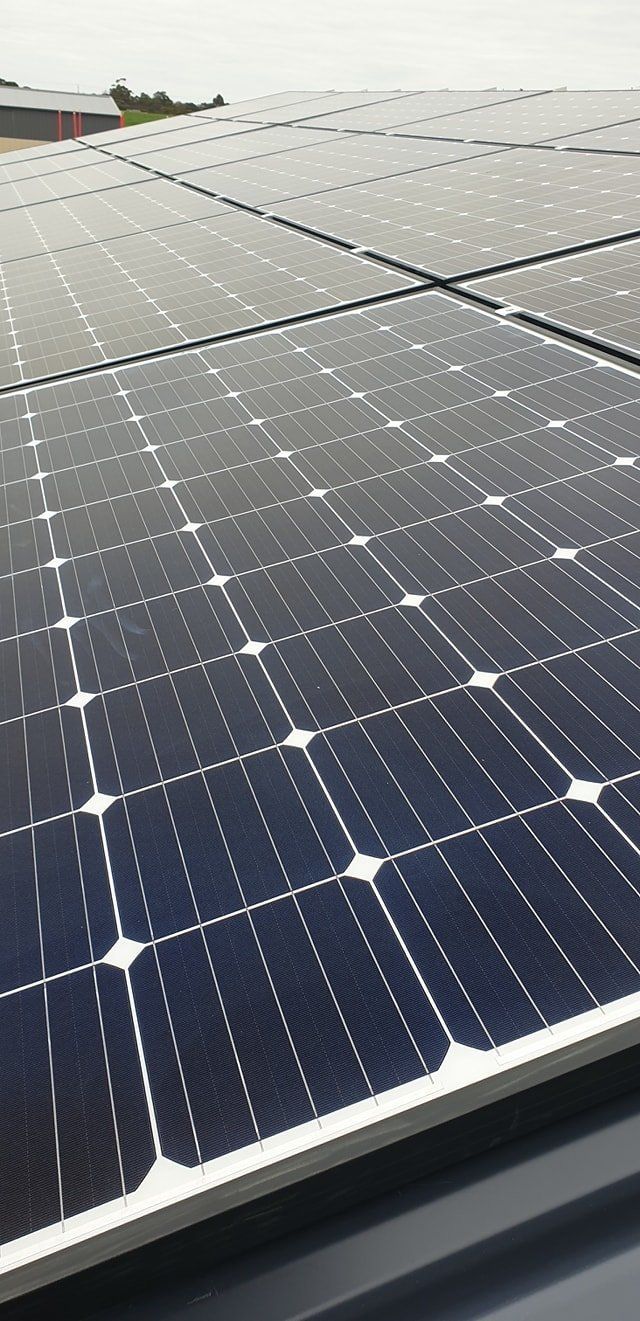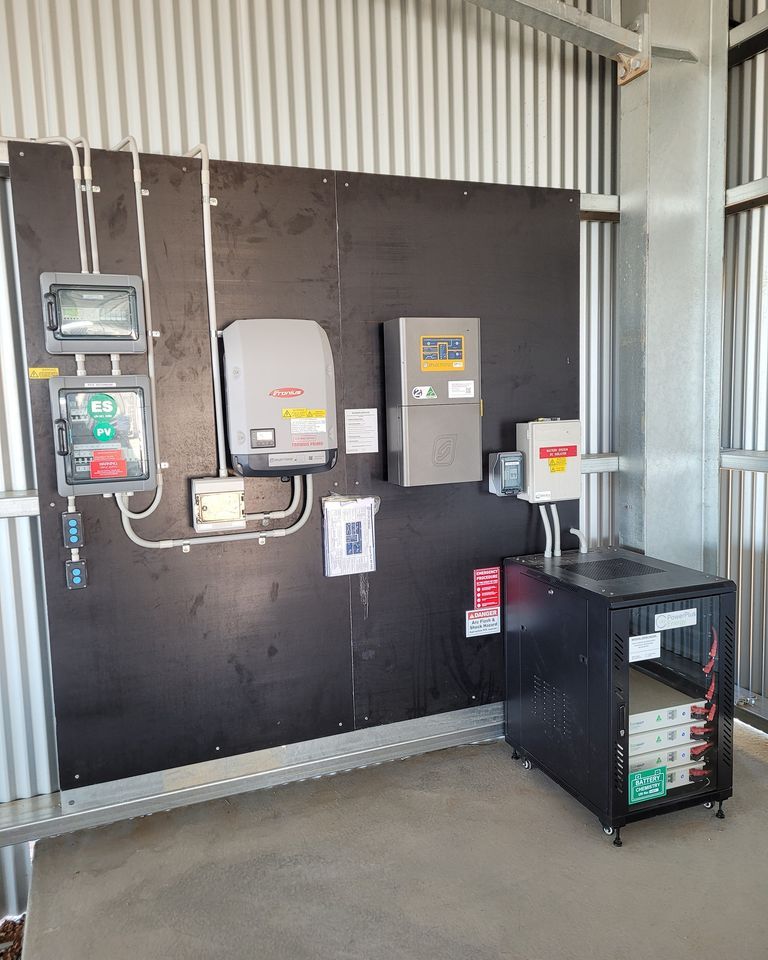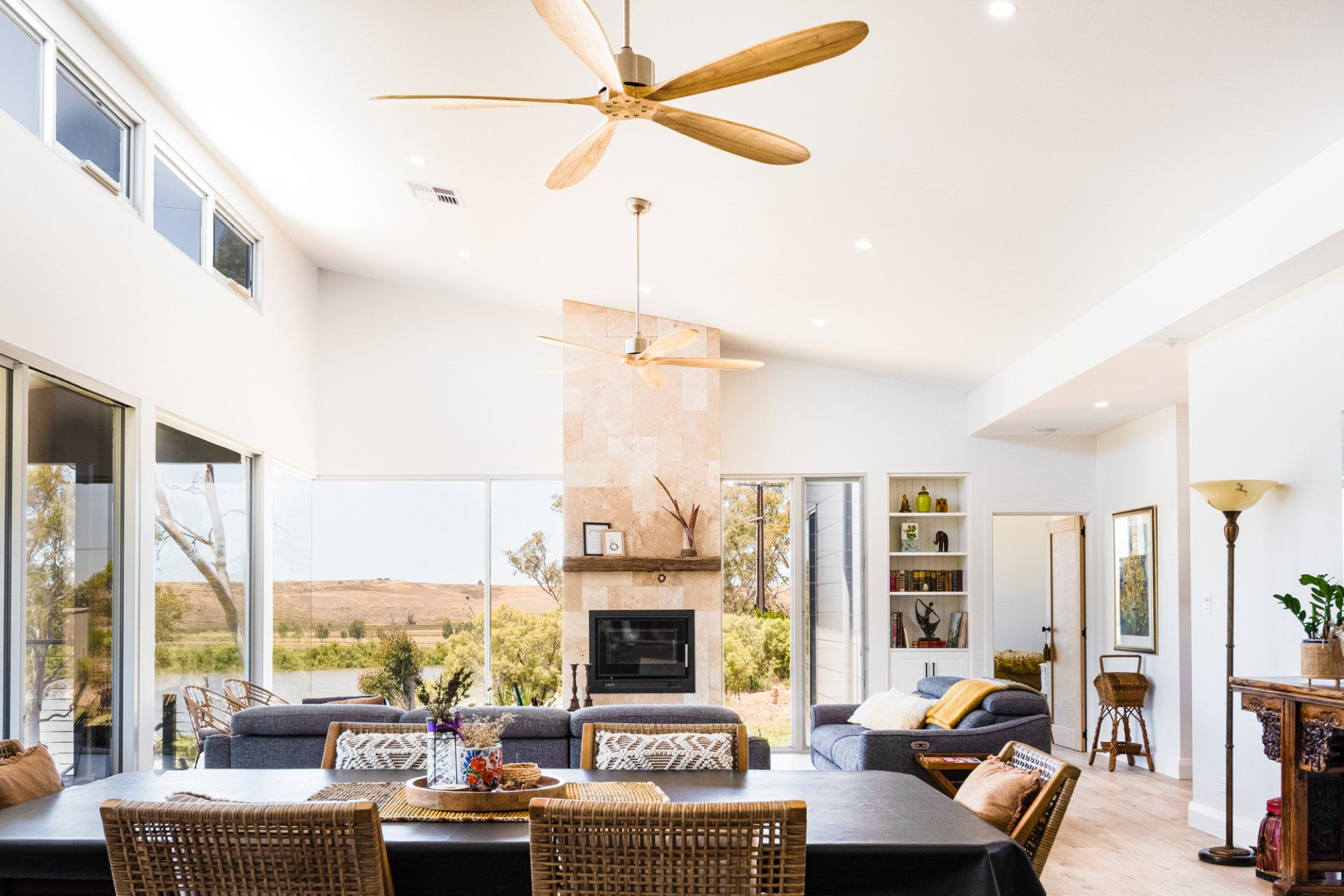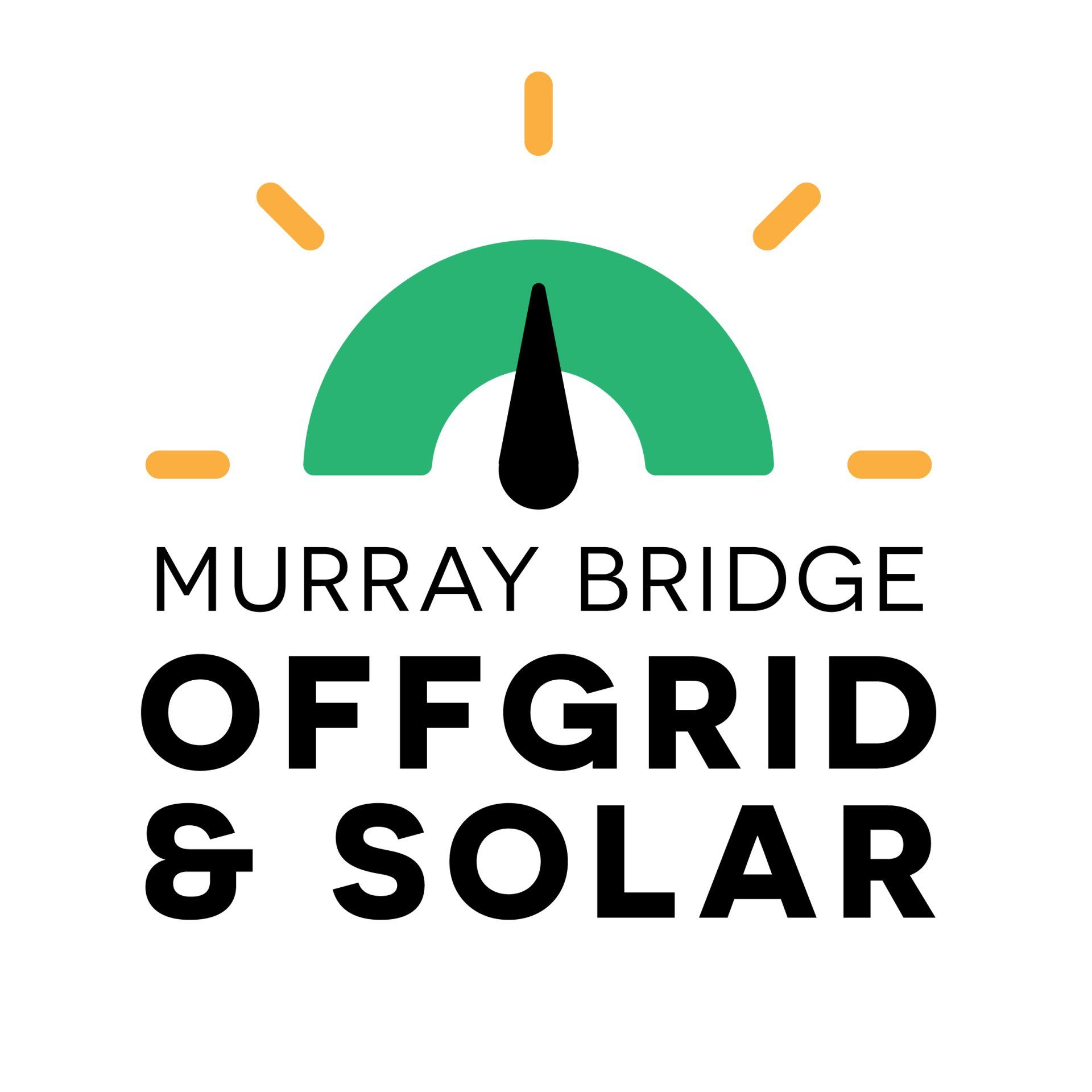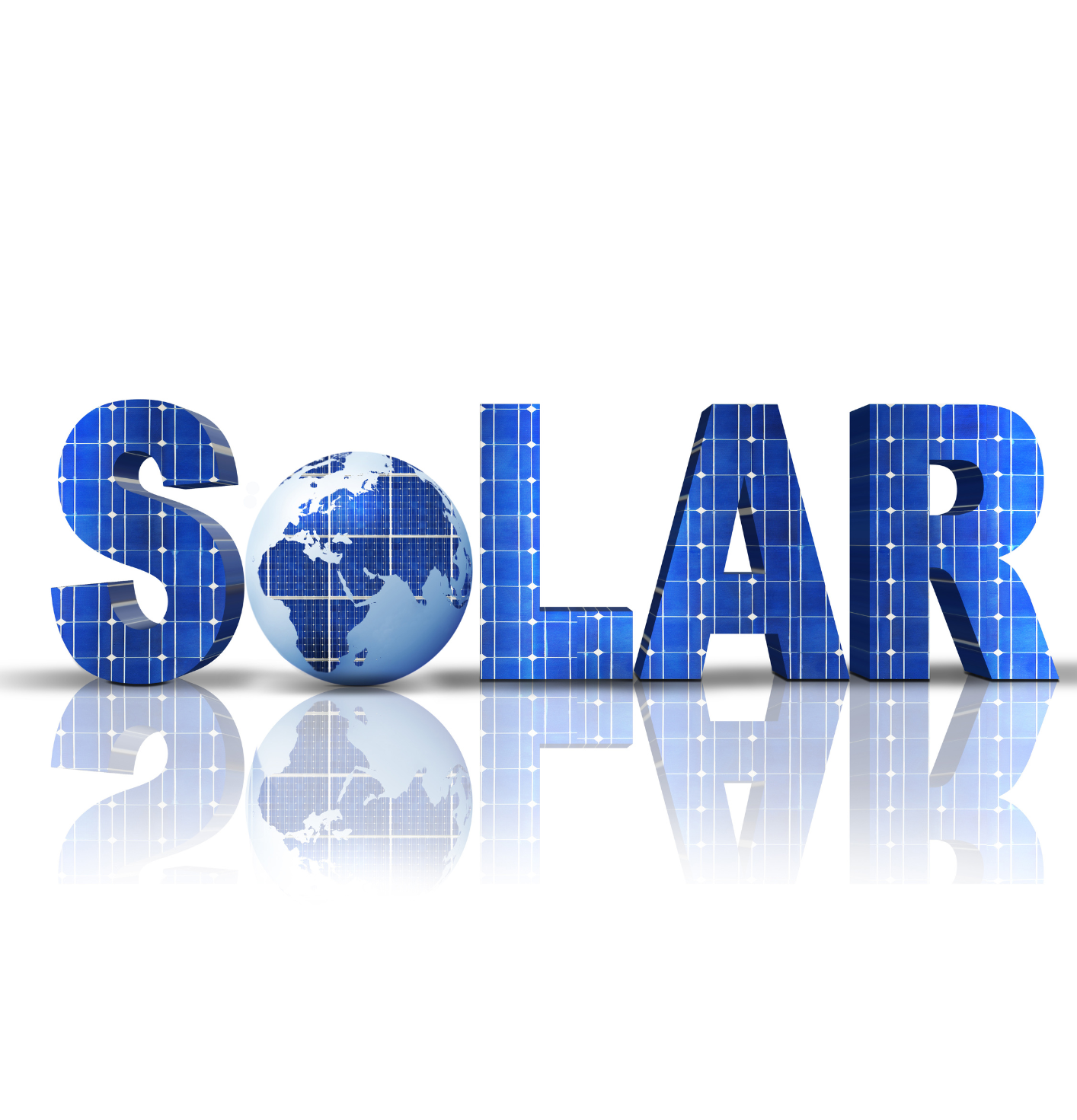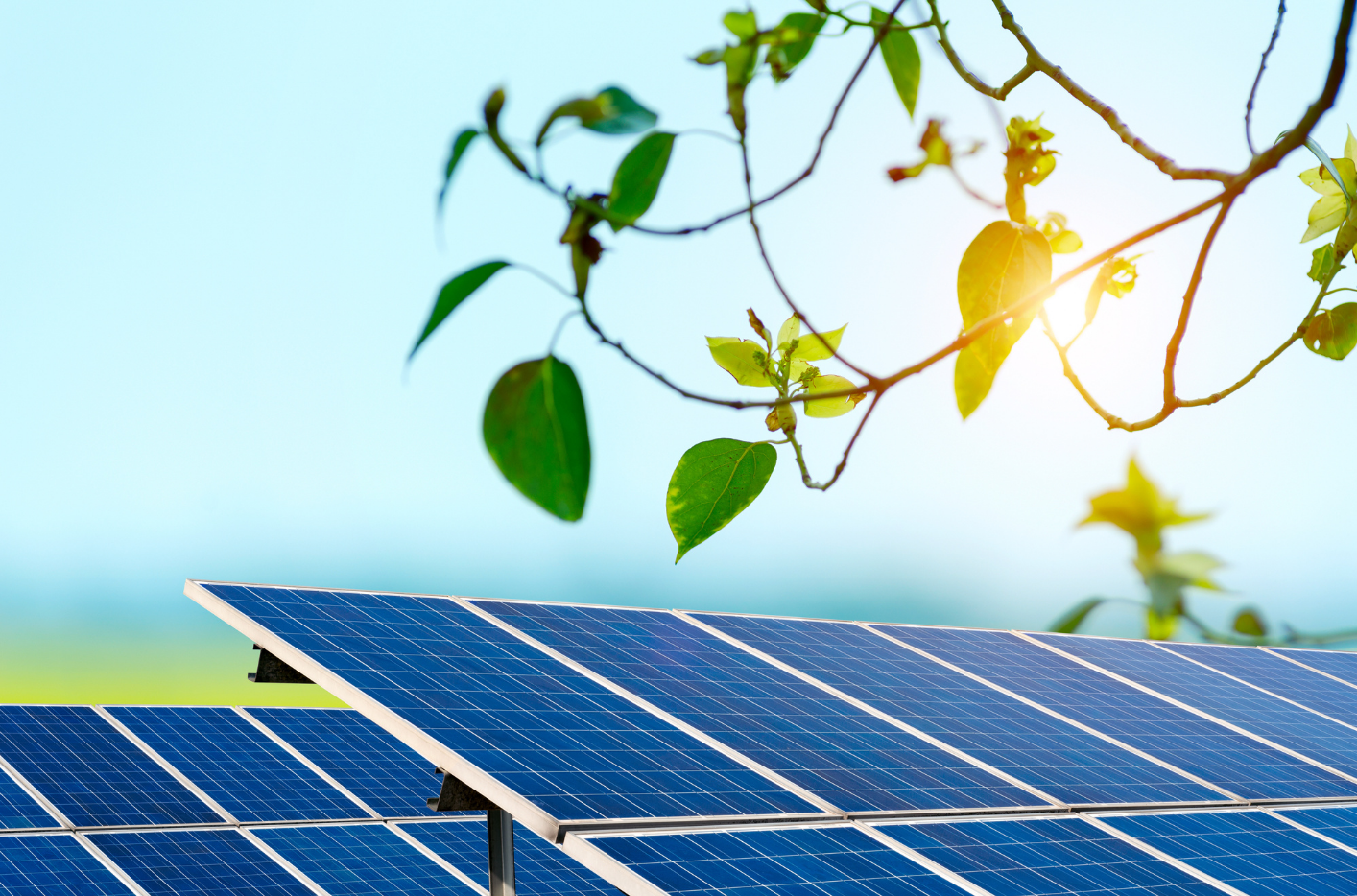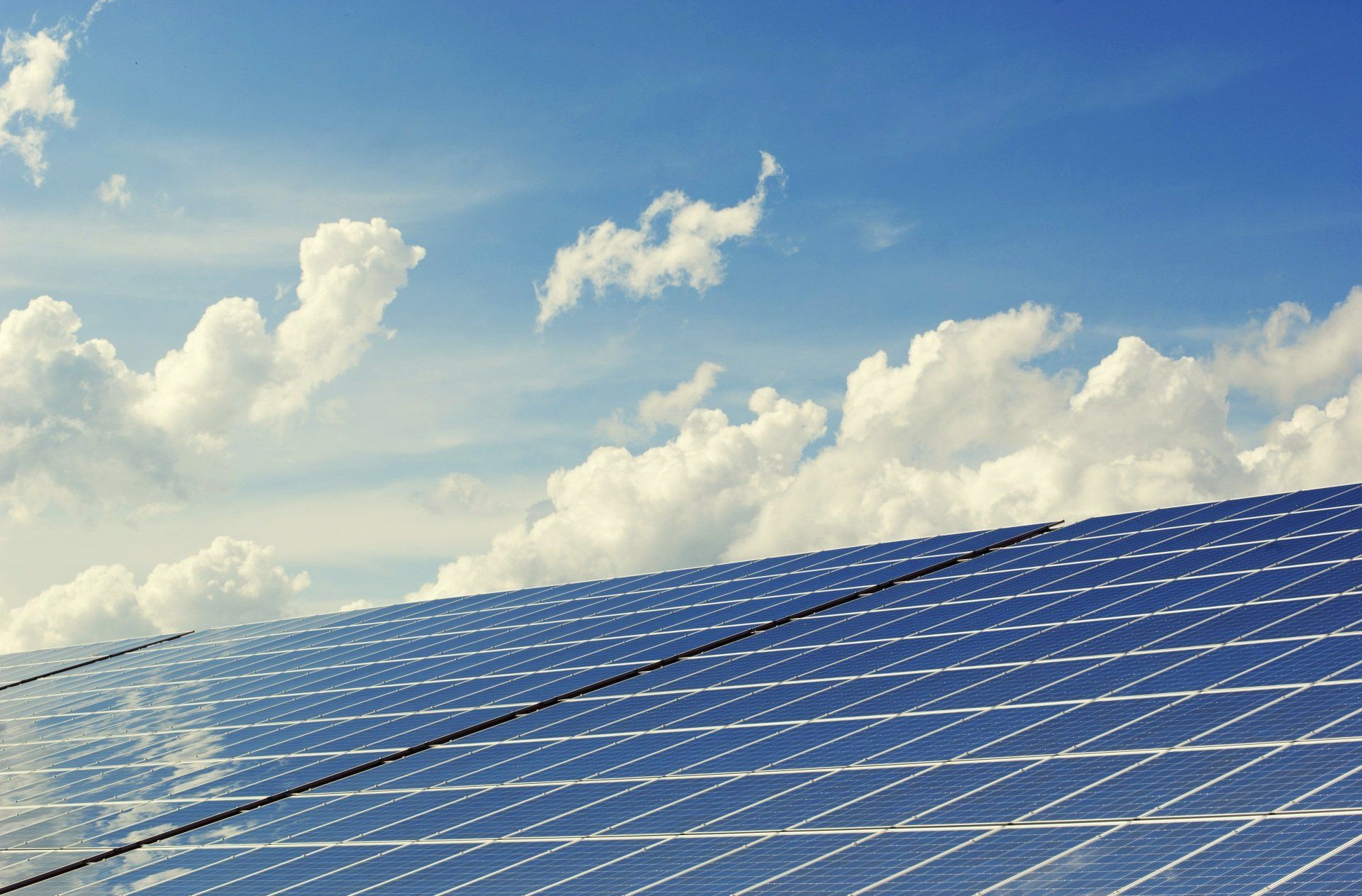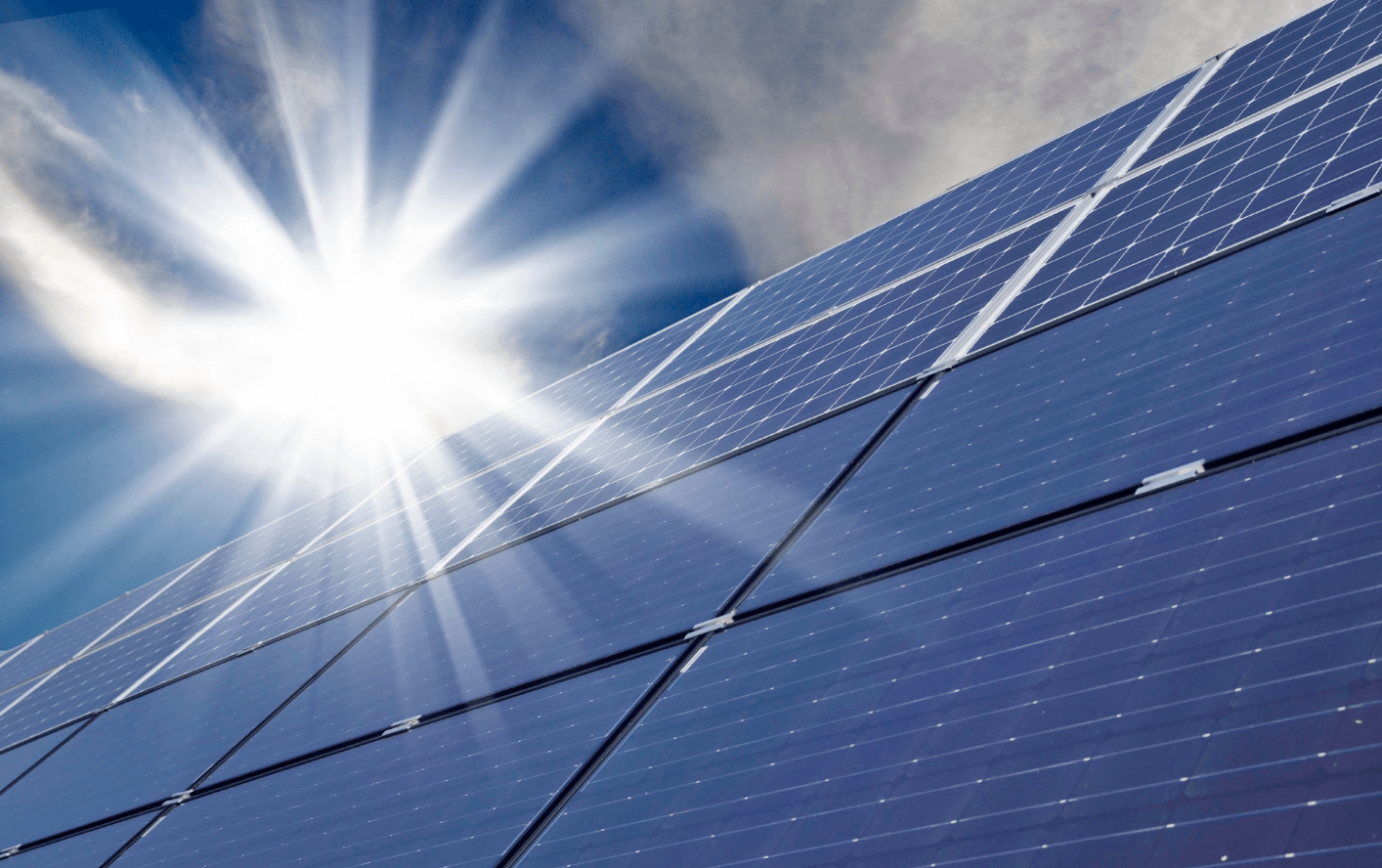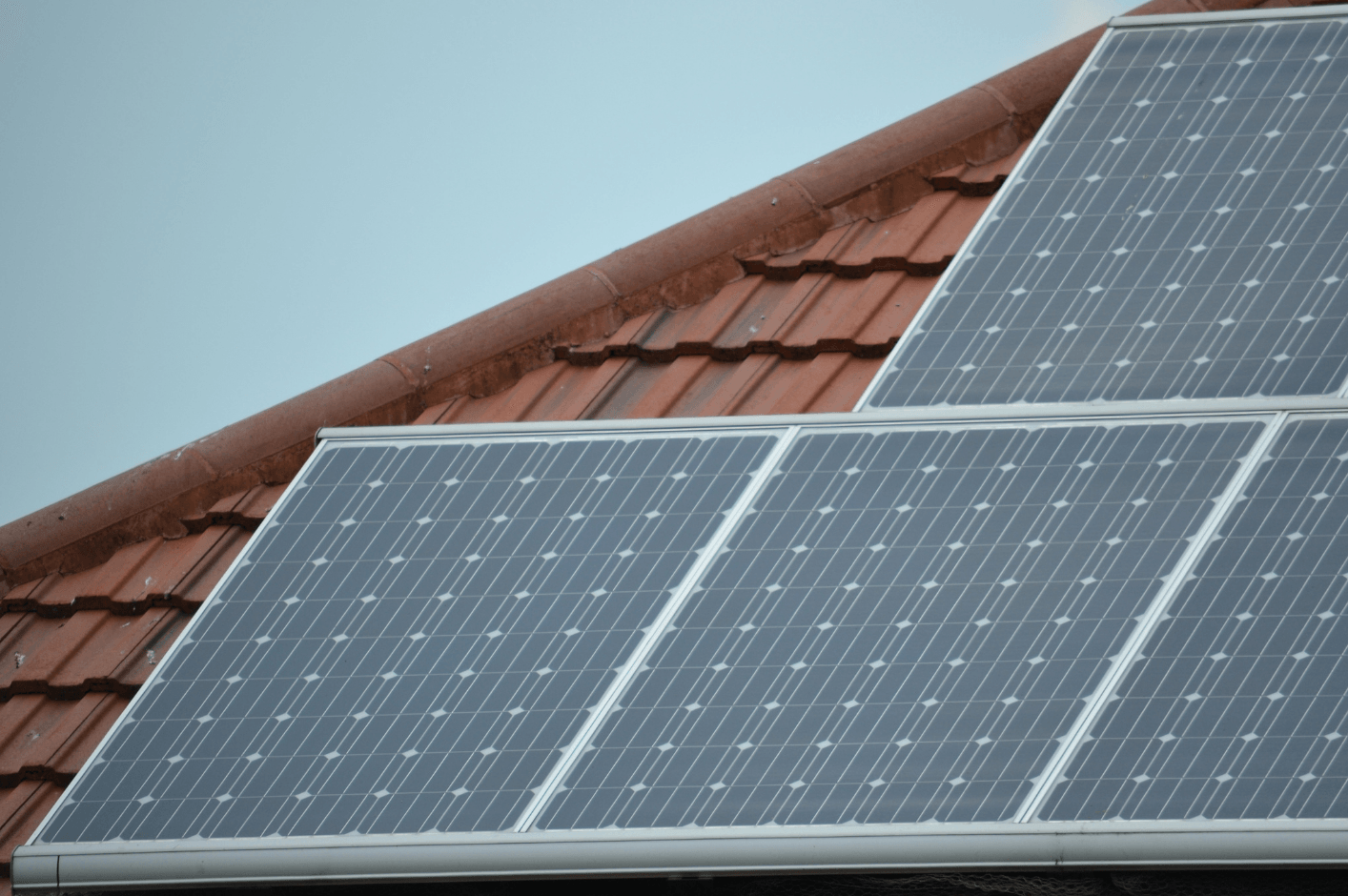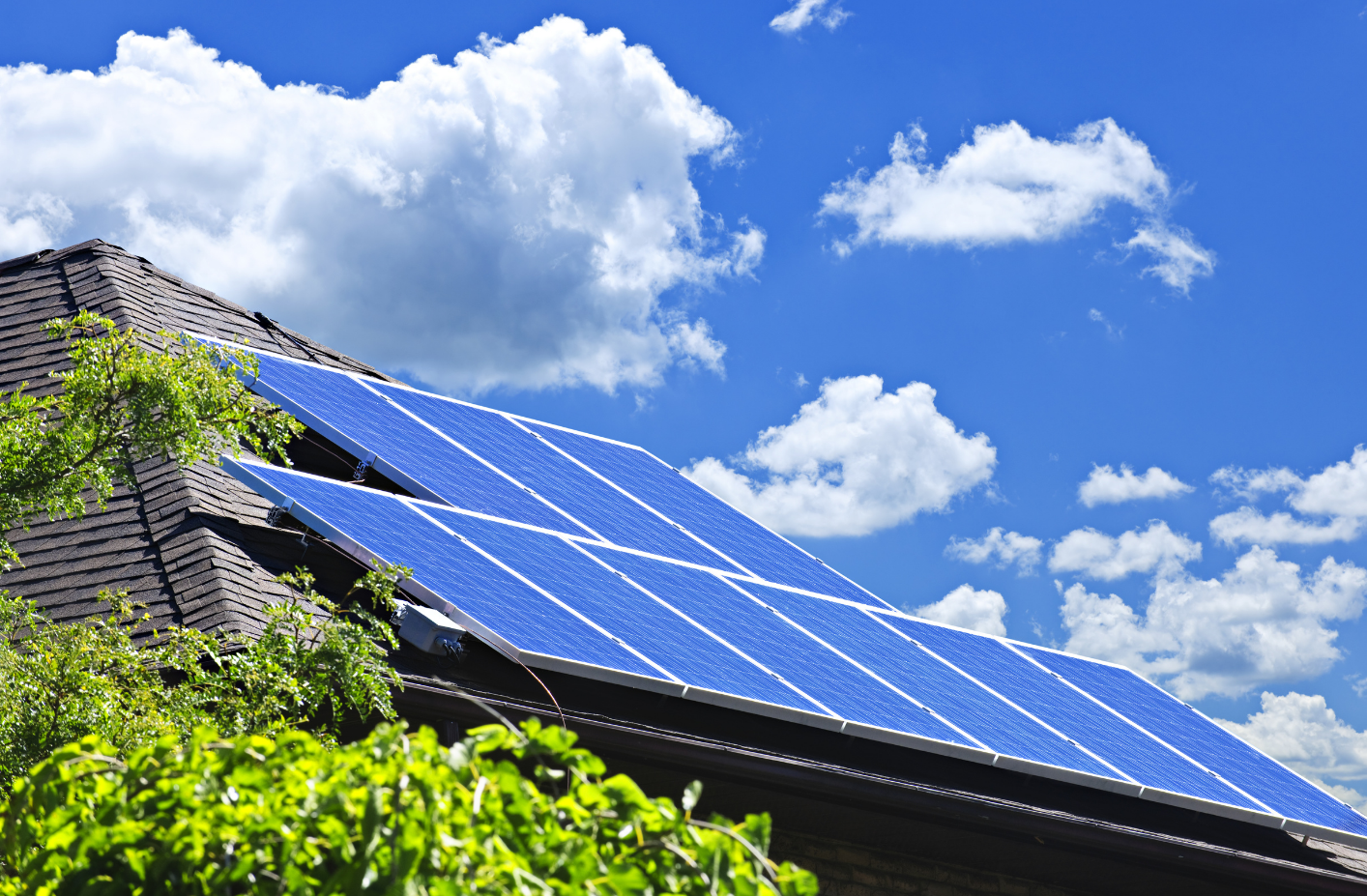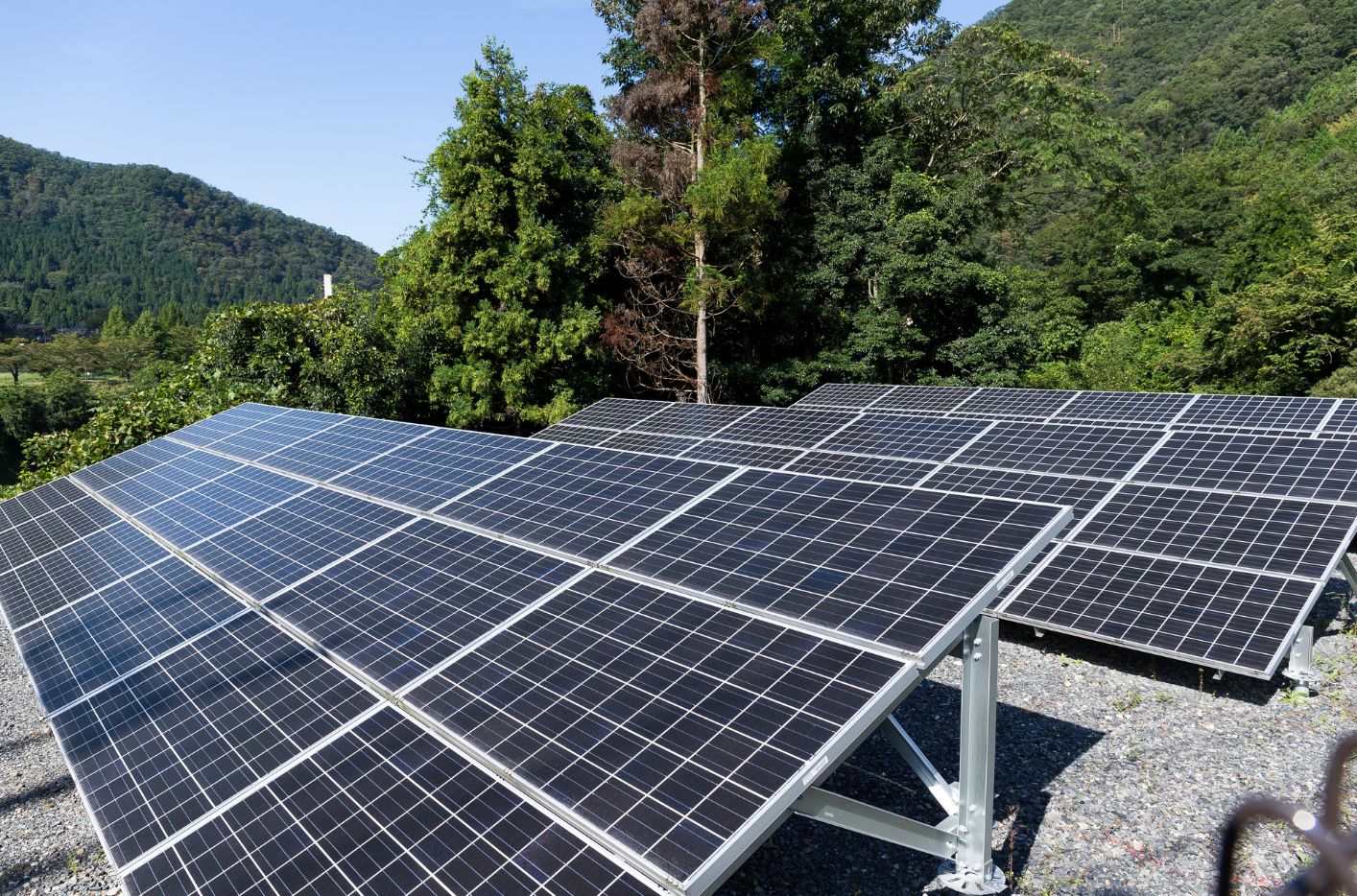CALL NOW FOR YOUR FREE CONSULTATION (08) 75234322
CALL NOW FOR YOUR FREE CONSULTATION (08) 75234322
MB Offgrid & Solar: How to Go Off-grid Today
Building a solar system doesn't have to be hard. In this guide, I'll simplify the process and show you how to save money while going off grid. First, you need to determine your power needs. Then, you need to pick the right site for your solar panels. After that, it's time to choose your components. I'll walk you through all of that, step by step in this article.
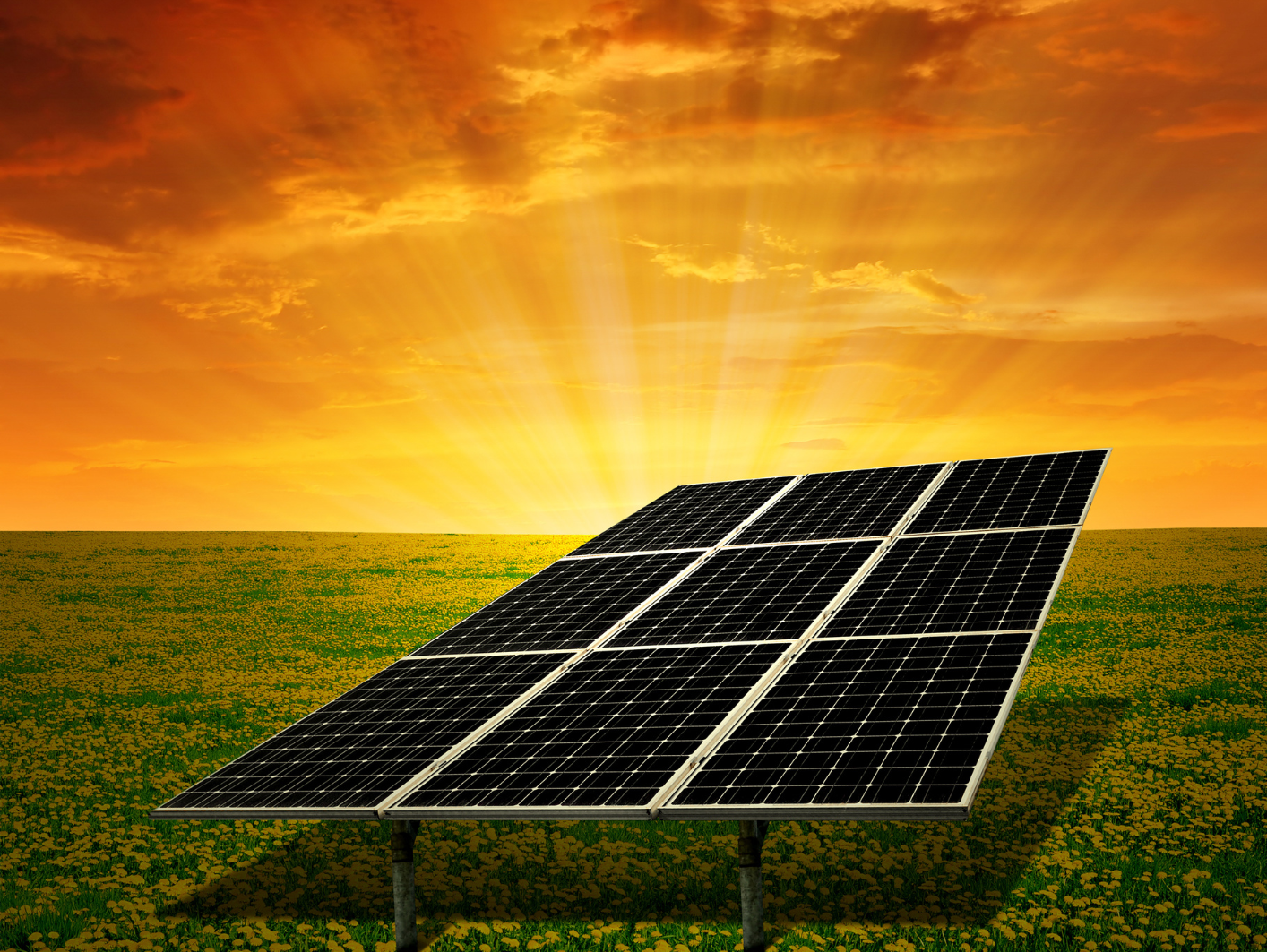
Building an off grid solar system can seem daunting, but by following a few simple steps you can create a system that meets your needs. I'll show you everything you need to know to get started with off grid solar energy.
How to build an off grid solar system:
- Determine your power needs
- Pick the right site
- Choose your components
- Build the battery house
- Install the panels
- Wire up the system
- Enjoy your free power!
- Determine Your Power Needs
Knowing how much energy you need and how your energy usage changes throughout the day and year is critical when planning an off grid solar system. In part one of this guide, we'll help you determine the Solar System that meets your needs.
To get started, we need to understand your daily and yearly energy usage. This will help us determine the size of the solar system you'll need to meet your needs.
Next, we'll look at how your energy usage changes throughout the day and year. This is important because solar systems are variable, and understanding these rhythms will help us plan an efficient system.
Finally, we'll help you determine the best location for your solar panels. This is important because the location of your panels will affect how much energy they produce.
2. Picking The Right Site For Your Panels
The placement of your solar panels is essential for getting the most out of them. You want to avoid excessive shading and make sure that the panels have proper access to passive cooling. Choosing the right spot can more than double the efficiency of your solar panels over their lifetime.
When you are ready to install your solar panels, make sure to consult with one of our professional. They can help you determine the best placement for your panels and ensure that everything is installed properly.
3. Choosing Your Components
The next step is to order the right solar system components. This will depend on the placement of your solar panels and the amount of power they can generate. You will need to choose the size and number of solar cells, as well as the type and size of your charge controller. You will also need to decide on the voltage of each leg of the system, and which loads should be AC or DC. Finally, you will need to choose the rating of your inverter.
When choosing solar cells, you will need to consider the number of panels you want to install and the size of each panel. The size of the panel will determine the amount of power it can generate. You will also need to choose the type of cell, such as monocrystalline or polycrystalline.
The charge controller is a critical component of the solar system. It will regulate the charging of the batteries and protect them from overcharging. You will need to choose the right size and type of controller for your system.
The battery bank is another important component of the solar system. You will need to decide on the capacity of the battery bank, as well as the type of battery you want to use. Lead-acid batteries are the most common type used in solar systems, but there are other options available.
The inverter is the last major component of the solar system. It will convert the DC power from the solar panels into AC power that can be used by your appliances and lights. You will need to choose the right size and type of inverter for your system.
After you have chosen all of the components for your solar system, you will need to install them. This can be done by our professional installers.
4. The Battery House
Building your solar battery house is a critical step in setting up your solar power system. The house or compartment you build for your batteries needs to be protected from kids or animals that might hurt themselves by touching the contacts or might accidentally damage the battery and release the acids inside.
5. Installing The Panels
Installing solar panels can be a great way to save money on your energy bills and help the environment. In order to get the most out of your solar panels, it's important to install them in the right spot and build a proper support structure.
The best place to install solar panels is on a south-facing roof, but they can also be installed on the ground or on a north-facing roof. Solar panels should be installed in an area where they will receive direct sunlight for most of the day.
Solar panels are most efficient when they are able to directly face the sun. To get the most out of your solar panels, it is important to build a support structure that allows you to adjust the tilt of the panels throughout the year. This can increase your power output by up to 40%.
There are a few different ways to build a solar panel support structure. The type of material you use and the skills you have will determine the best way to build your support structure. One way to build a support structure is to create an A-frame out of wood or metal. This type of frame can be adjusted to tilt the solar panels towards the sun during different times of the year.
Another way to build a support structure is to create a one-axis or two-axis tracking system. This type of system tracks the movement of the sun throughout the day and adjusts the position of the solar panels accordingly. This ensures that the panels are always facing the sun, which increases their power output.
6. Wiring Up The System
With the solar panels up, wiring the system can be a simple process. In off-grid applications, such as with RVs, country cabins, and permaculture homesteads, a DC system can be much more efficient than a traditional AC system. However, if you are intending to use your solar system in conjunction with grid-connected power, you will likely be required by law to hire a licensed electrician to wire your system. Additionally, you will need additional hardware from your local utility company in order to make your solar system work with line power.
7. Enjoy Your Solar System!
When it comes to off-grid solar and battery systems, there are a lot of important factors to consider – from system sizing and type, to the specific products used and installation process. That's why it's best to leave sourcing and installation to the experts – our team of professionals who have years of experience in this field. We'll take care of everything, from site assessment and design, to product selection and installation, so you can focus on enjoying the benefits of your new system.
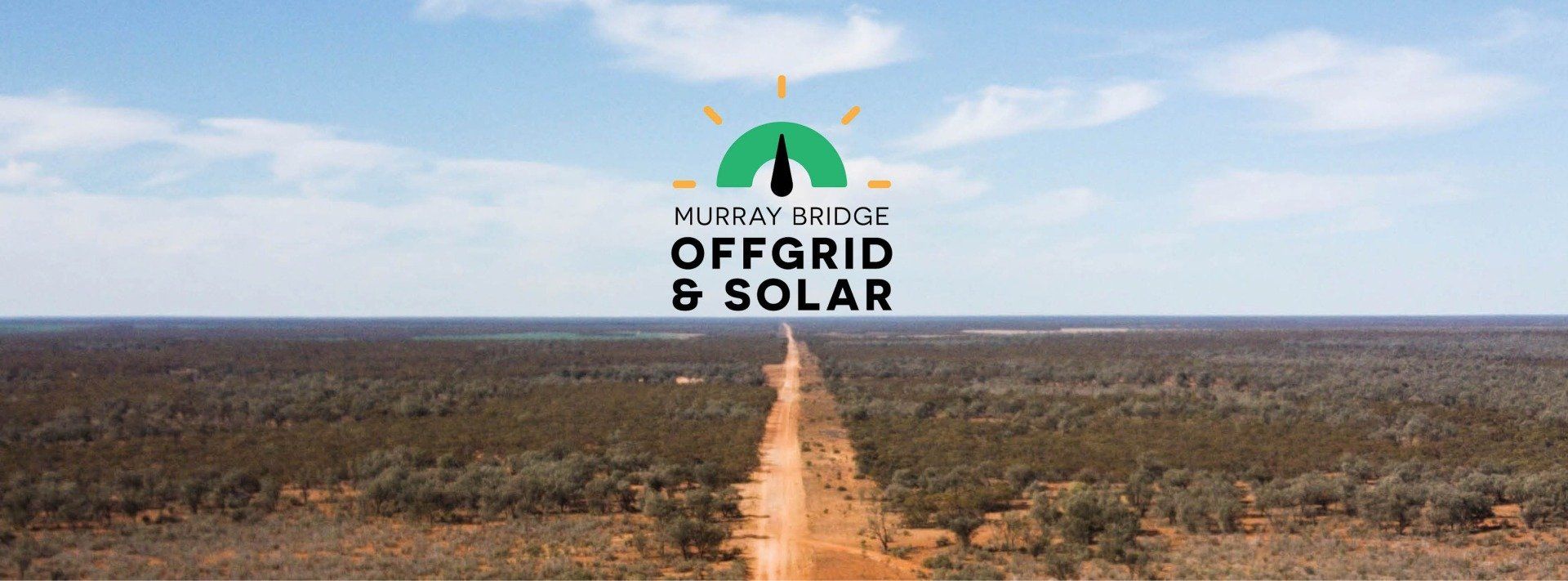
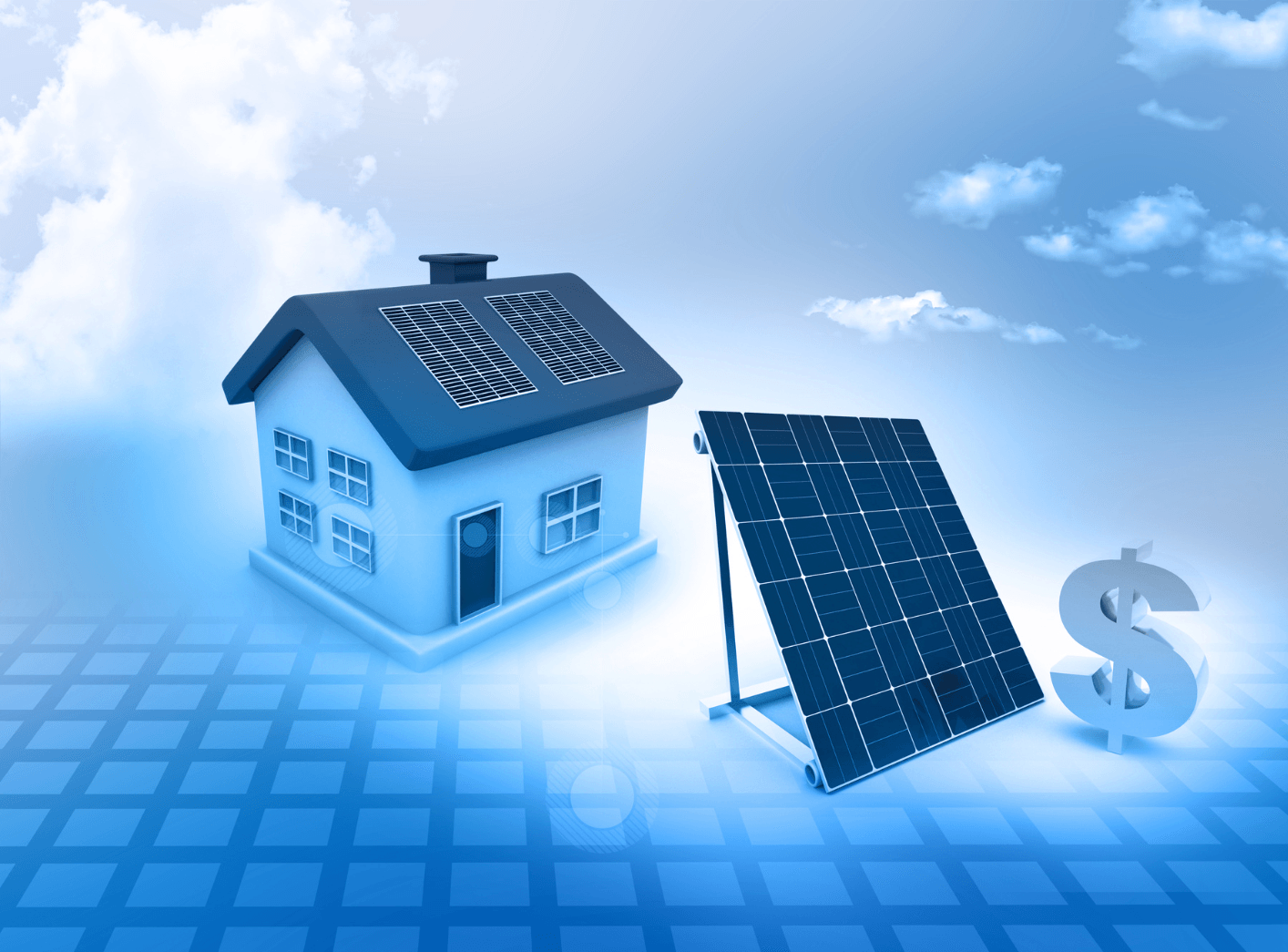

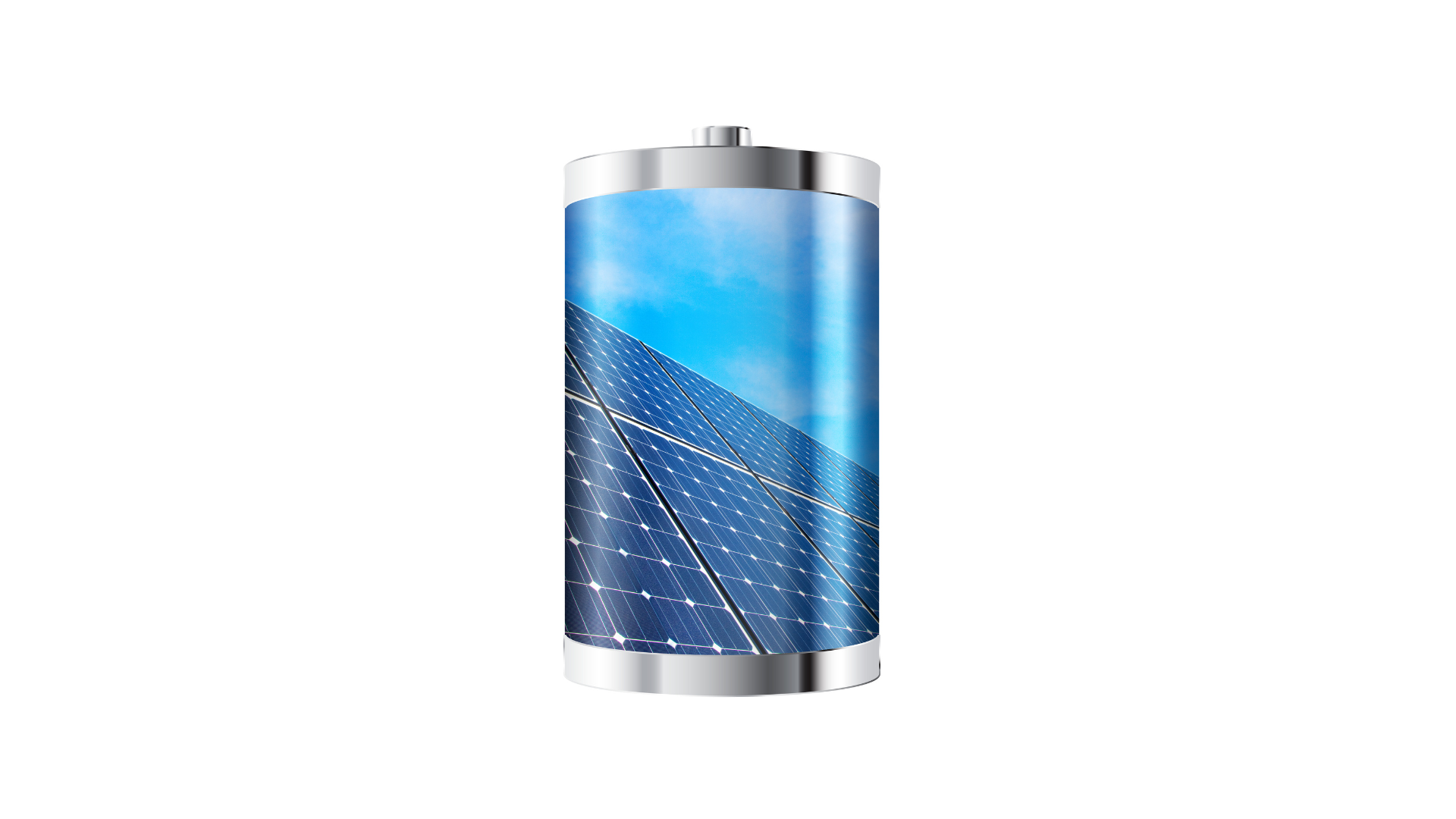
Contact Details
TOS | Privacy Policy | Cookies
Designed & Managed by
See our latest updates


